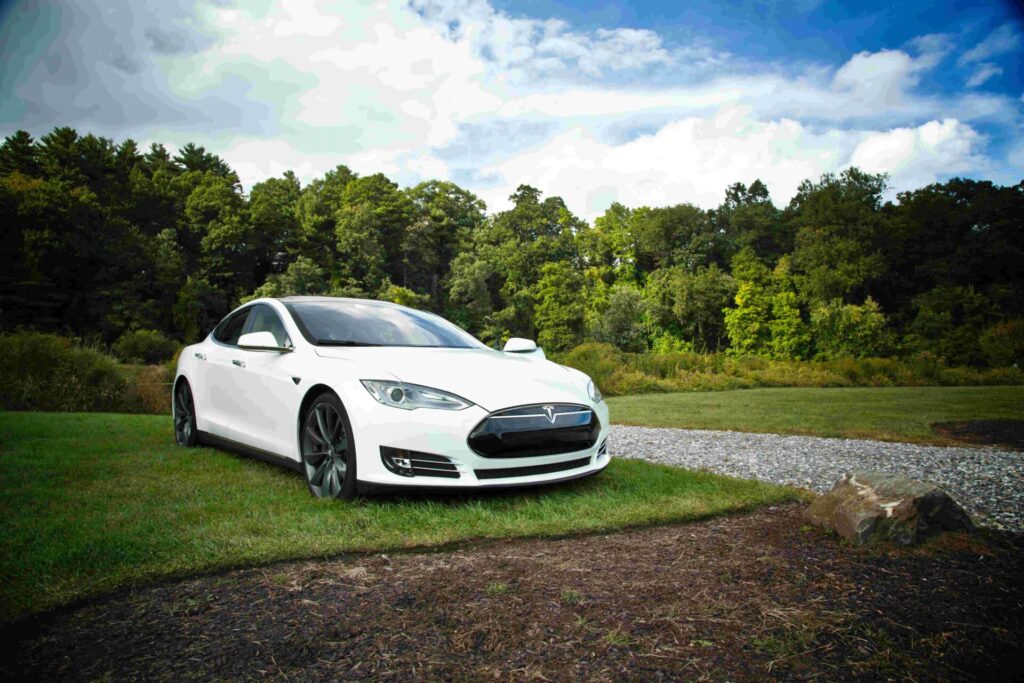
The world is more concerned about the environment and climate change than ever. The car industry is transforming. Once linked to pollution and carbon emissions, it aims to be part of the solution. This means driving us towards a cleaner, more sustainable future.
This article explores eco-friendly innovations in the automotive industry. We’ll cover electric vehicles, improved batteries and parts that lower car emissions. Some of these can be found on DPFPartsDirect.com. We’ll also discuss technological changes, company initiatives and shifting consumer preferences.
You’ll see how the automotive industry changes as we explore these innovations. These new technologies change how we drive and contribute to a greener world. The path to a sustainable future is becoming clearer thanks to the determination and creativity of the car industry.
Table of Contents
Why are “Green Cars” Important?
“Green Cars” are of paramount importance in our modern world. This is due to the escalating global CO2 emissions and their profound environmental impact. Carbon dioxide emissions continue to rise worldwide. This raises the consequential effects on our environment, which have become alarming.
Air pollution contributes to the greenhouse effect. It causes global temperatures and climate change. Green cars, particularly electric and hybrid vehicles, are pivotal in combating this issue.
They produce significantly fewer CO2 emissions. Thus offering a cleaner and more sustainable alternative to traditional combustion-engine vehicles. They largely mitigate the hazardous impacts of air pollution.
They achieve this by lowering carbon emissions and our dependence on fossil fuels. They also protect the earth for the next generations.
Types of Innovations
Catalytic Converters
A catalytic converter transforms the harmful compounds emitted by the engine into benign gasses. They’re often as harmless as steam. The converter’s primary mission is to disassemble the hazardous molecules in a car’s emissions. Doing this ensures they’re safe before escaping into the atmosphere.
Diesel Particulate Filters (DPFs)
A DPF plays a vital role in the realm of modern diesel vehicles. It functions as a soot trap to capture and keep exhaust particulates. Thus significantly curbing emissions. Besides, these DPFs have finite capacities. They involve regular regeneration to remove the accumulated soot.
This regeneration process incinerates surplus soot residing within the filter. These processes further lead to a considerable reduction in harmful exhaust emissions.
The latest laws enforced the mandatory installation of DPFs. This was a pivotal milestone in the reduction of carbon emissions from automobiles.
Electric and Hybrid Vehicles
Electric and hybrid vehicles are now widespread in the car industry. Nowadays, almost every brand offers them. These vehicles use electric motors to help or replace traditional engines, promoting environmentally friendly travel. This means they can burn 0 liters of fuel, thus creating no air pollution.
The main concern is where the electricity for charging comes from. Preferably, these should be renewable sources. Moreover, there are many questions about the batteries. We still need to find a way to create, maintain, and dispose of them. The lifecycle of these batteries can sometimes be as or more problematic than regular cars.
Despite these concerns, electric and hybrid vehicles are a big step toward cleaner transportation. The car industry is working on solutions to make them even greener.
Hydrogen
Hydrogen vehicles are an intriguing green innovation in the automotive industry. Yet, they have garnered the most minor popularity among eco-conscious options. These hydrogen fuel cell automobiles are also known as HFCVs. They’re comparable to battery-electric vehicles since electric motors propel the wheels.
Their power source is what makes them unique. A fuel-cell stack uses a membrane to mix pure hydrogen (H2) with ambient oxygen (O2) generates the electricity needed for propulsion and releases only water vapor as a byproduct.
This unique mechanism categorizes them as series hybrids. You can often find them under fuel-cell hybrid electric vehicles (FCHEVs). Nonetheless, hydrogen vehicles face several challenges. This includes the logistics of obtaining and storing hydrogen, its scarcity and safety concerns. These factors have contributed to their comparatively lower popularity in the market.
Conclusion
The world of automotive innovation is witnessing a transformative shift. Electric and hybrid vehicles have become the darlings of the industry. They offer eco-conscious consumers alternatives to traditional combustion engines.
These vehicles are becoming mainstream, available from every car manufacturer. On the other hand, we have hydrogen vehicles. Their unique fuel cell technology stands as a promising yet less popular innovation. Yet, they battle with many challenges. They’re mainly related to infrastructure, storage and safety concerns.
The drive towards sustainability accelerates. These green car innovations signify a pivotal step towards a cleaner future. Brands combine their efforts and aim at overcoming obstacles. They’re making eco-conscious transportation options more accessible to all.
- Understanding the Leading Causes of Car Accidents in 2025 - November 18, 2025
- How to Spot a Great Deal on a Car for Sale in NSW - October 31, 2025
- How to Choose the Right Used Car Dealership in NSW - October 31, 2025
